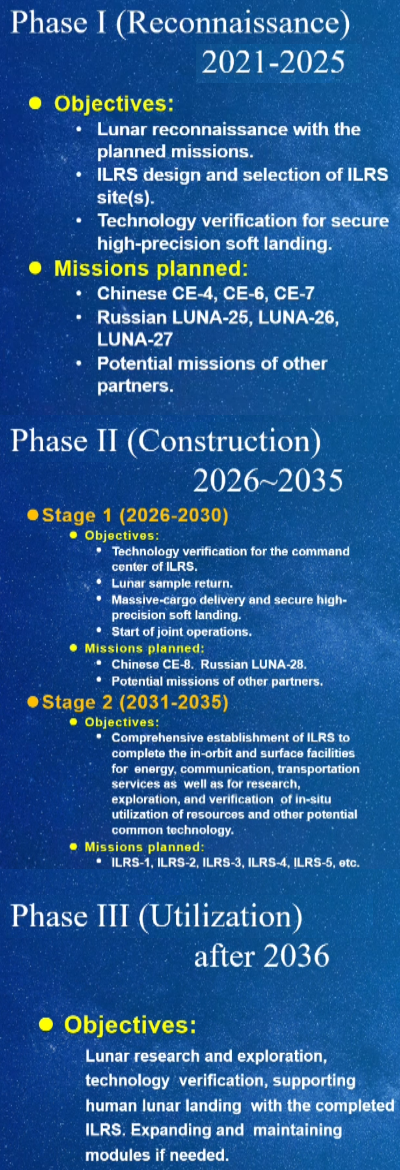Oman announces aggressive ’25 launch schedule and public viewing area at its new Duqm spaceport

The Middle East, showing the location of
Oman’s proposed spaceport at Duqm.
Oman yesterday announced that it has added a viewing area so that the public can view the planned half dozen launches that are presently planned for the rest of 2025 at its new spaceport in Duqm.
A three-day fan experience in the free-of-charge zone, called Etlaq FX, will feature a series of activities for different age groups, including a robotics competition.
“It is an interactive area within the spaceport, so we can give the public an opportunity to see the launch and engage them with educational activities,” said Zainab Alsalhi, business development manager for Etlaq, during a webinar this month.
The announced launch schedule is of course the real story, as it involves five launches from two different commercial companies as well as from Kuwait.
» Read more

The Middle East, showing the location of
Oman’s proposed spaceport at Duqm.
Oman yesterday announced that it has added a viewing area so that the public can view the planned half dozen launches that are presently planned for the rest of 2025 at its new spaceport in Duqm.
A three-day fan experience in the free-of-charge zone, called Etlaq FX, will feature a series of activities for different age groups, including a robotics competition.
“It is an interactive area within the spaceport, so we can give the public an opportunity to see the launch and engage them with educational activities,” said Zainab Alsalhi, business development manager for Etlaq, during a webinar this month.
The announced launch schedule is of course the real story, as it involves five launches from two different commercial companies as well as from Kuwait.
» Read more













